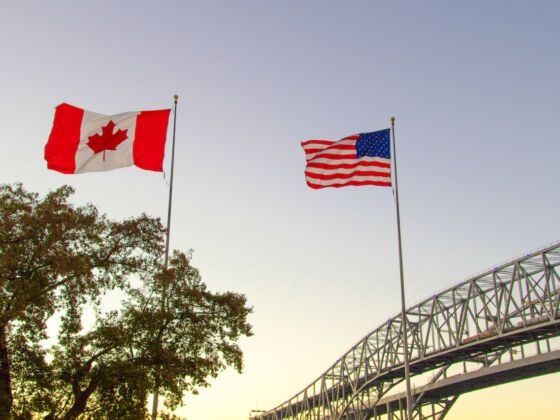As soon as the station wagon rounded the corner and the US Customs booth came into view, my mother would look over her shoulder and hiss, “Pretend you’re sleeping!” In the back seat, me and my sisters would stop bickering and go limp, dramatically lolling our tongues. By the time we rolled up to the window, though, we’d all have arranged ourselves in a much more realistic facsimile of slumber which we’d hold until we were through the border and well on our way to the gas station or the outlet mall.
It may have been an outsized reaction to border-crossing stress — the worst thing we were muling back into Canada was government cheese — but my mum knew that kids can be chatty, and the best way to avoid trouble was if we were unconscious.
Even now, decades later, I find myself in a Pavlovian yawn at the Passport Control wicket, but getting through the US-Canada border with the least hassle really comes down to these four things:
